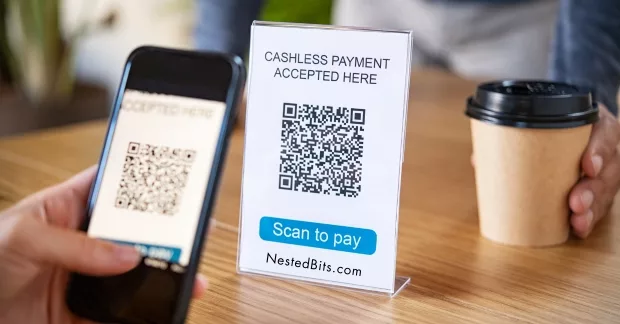The digital revolution in India has been a game-changer, with one of its most significant contributions being the introduction of the Unified Payments Interface (UPI). Launched by the National Payments Corporation of India (NPCI) on April 11, 2016, UPI transformed how Indians conduct transactions and manage their finances. In this article, we’ll delve into the impact of UPI on the Indian economy and lifestyle.
Economic Impact of UPI:
Before UPI, making digital payments in India was a daunting task that often required users to remember complicated bank account numbers or deal with multiple apps for various services like mobile recharges or bill payments. The arrival of UPI simplified transactions by enabling direct money transfers between two parties using just their unique virtual payment addresses (VPAs). This ease and convenience have led to a surge in digital transactions, contributing significantly to India’s economy:
- Increased Financial Inclusion:
With the accessibility provided by UPI, millions of unbanked or under-banked Indians are now able to participate in the formal financial system more effectively than ever before. - Faster Transactions and Reduced Cash Dependence:
The elimination of intermediaries like banks and wallets has led to quicker transactions, saving users time and reducing their reliance on cash. As per RBI data, digital payments made up over 51% of total retail payment transactions in December 2021. - Enhanced Business Efficiency:
Small businesses have seen significant improvements due to UPI’s ease of use for billing and collections, thus making their operations more streamlined and efficient. - Improved Government Services Delivery:
The adoption of UPI has also led to improved efficiency in government service delivery through platforms like Aadhaar Pay or the DBT (Direct Benefit Transfer) scheme that enables direct transfer of funds into beneficiaries’ accounts, thereby reducing leakages and delays. - Boosted Digital Economy:
The surge in digital transactions has given a significant boost to India’s burgeoning e-commerce sector, enabling businesses to offer customers seamless payment options and fostering online commerce growth.
Lifestyle Impact of UPI on Indian Citizens
Beyond the economic benefits, UPI also brought about noticeable changes in how people manage their day-to-day transactions and live their lives:
- Convenience at Fingertips:
Users no longer need to carry cash or visit banks for routine financial activities such as bill payments, mobile top-ups, or money transfers—all this can now be done from the comfort of one’s home with a smartphone. - Enhanced Security and Speed:
UPI transactions are secure since they involve two-factor authentication (2FA) that ensures only authorized users access their accounts. Additionally, these transactions typically take just seconds to process compared to traditional banking methods, making them more convenient for users. - Real-time Monitoring of Finances:
With the help of various UPI apps like Google Pay, PhonePe, Paytm, or BHIM, consumers can monitor and manage their finances in real time, enabling better financial planning and control over their money. - Increased Trust in Digital Transactions:
The widespread adoption of UPI has led to a rise in trust towards digital transactions among Indian citizens, further pushing the trend toward less cash usage and greater acceptance of online payments. - Empowerment for Women and Elderly Population:
Women and elderly individuals who previously faced challenges managing their finances due to limited access or mobility issues now have an easier way to manage daily expenses using UPI transactions from their smartphones, fostering financial independence for these groups.
Also, read about LIQUIDCASE: India’s First ETF with a growth Nav, launched by Zerodha.
UPI made digital payments more accessible and convenient than ever before and thereby revolutionized and transformed the Indian economy.



























